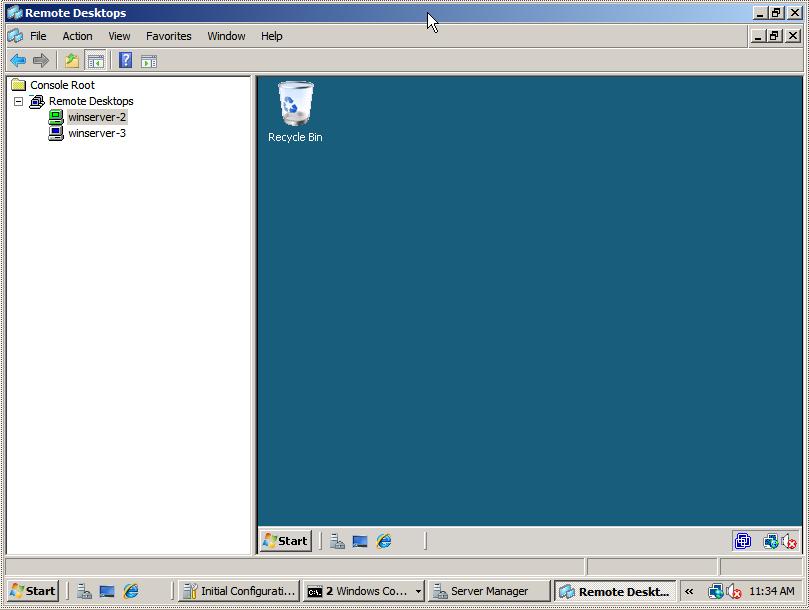
- #Office 365 windows server 2008 r2 install#
- #Office 365 windows server 2008 r2 full#
- #Office 365 windows server 2008 r2 code#
- #Office 365 windows server 2008 r2 windows#
If your organization doesn’t use Microsoft Defender for Identity, you may disregard the below message. This sensor captures the appropriate information that’s required to detect identity-based threats and transfers this data to the cloud service for processing and analysis. Note: Defender for Identity functions as a result of installing a sensor package on domain controllers (DCs) and Active Directory Federation Services (AD FS) servers.
#Office 365 windows server 2008 r2 windows#
Property Name: Database”.We are making changes to the minimum operating system requirements for the Defender for Identity sensor and announcing end of support for Microsoft Defender for Identity sensor on Windows Server 2008 R2 domain controllers and Active Directory Federation Services (AD FS) servers. ” was run: “Database is mandatory on UserMailbox. Write-ExchangeSetupLog -Info “Skipping creating E15 System Mailbox because of insufficient permission.” Write-ExchangeSetupLog -Info (“Cannot find arbitration mailbox with name=$name.”) Set-mailbox -Arbitration -identity $sysMbx -UMGrammar:$true -OABGen:$true -GMGen:$true -ClientExtensions:$true -MailRouting:$true -MaxSendSize 1GB -Force Write-ExchangeSetupLog -Info (“Setting mailbox properties.”) # We need 1 GB for uploading large OAB files to the organization mailbox Set the Organization Capabilities needed for this mailbox Set-Mailbox -Arbitration -Identity $mbxs -DisplayName $dispName -Force Write-ExchangeSetupLog -Info (“Setting DisplayName=$dispName.”) $sysMbx = Enable-Mailbox -Arbitration -Identity $arbUsers -DisplayName $dispName -database $dbs.Identity Write-ExchangeSetupLog -Info (“Enabling mailbox $name.”)
#Office 365 windows server 2008 r2 code#
Success Restart Needed Exit Code Feature Result PS C:\> Add-WindowsFeature Desktop-Experience, NET-Framework, NET-HTTP-Activation, RPC-over-HTTP-proxy, RSAT-Clustering, RSAT-Web-Server, WAS-Process-Model, Web-Asp-Net, Web-Basic-Auth, Web-Client-Auth, Web-Digest-Auth, Web-Dir-Browsing, Web-Dyn-Compression, Web-Http-Errors, Web-Http-Logging, Web-Http-Redirect, Web-Http-Tracing, Web-ISAPI-Ext, Web-ISAPI-Filter, Web-Lgcy-Mgmt-Console, Web-Metabase, Web-Mgmt-Console, Web-Mgmt-Service, Web-Net-Ext, Web-Request-Monitor, Web-Server, Web-Stat-Compression, Web-Static-Content, Web-Windows-Auth, Web-WMI Note: the Add-WindowsFeature command is quite lengthy and you will need to scroll across to be able to copy/paste all of it.
#Office 365 windows server 2008 r2 install#
Installing Pre-Requisites for an Exchange Server 2013 Mailbox, or Mailbox and Client Access Serverįor an Exchange 2013 server that will host either the Mailbox server role, or both the Mailbox and Client Access server roles, the following PowerShell commands are used to install the required roles and features.

Mailbox servers, or combination Mailbox and Client Access serversīoth scenarios are covered in this article.Server Core installation is not supported.Īs there are only two server roles for Exchange Server 2013 there are only two combinations of pre-requisites required:
#Office 365 windows server 2008 r2 full#
In addition, the Windows Server 2008 R2 installation must be a Full installation. Windows Server 2008 R2 Standard edition will support any of the Exchange 2013 server roles, however if you intend to deploy Exchange 2013 Mailbox servers in a Database Availability Group you will need to run the Enterprise edition (for the required Failover Clustering components). Exchange 2013 can also be installed on Datacenter (RTM) edition. Do not attempt to install Exchange 2013 Preview in a production environment.Įxchange Server 2013 can be installed on Windows Server 2008 R2 SP1, on either the Standard or Enterprise editions. This article is based on the Exchange 2013 Preview release and is subject to change when Exchange 2013 reaches RTM.


 0 kommentar(er)
0 kommentar(er)
